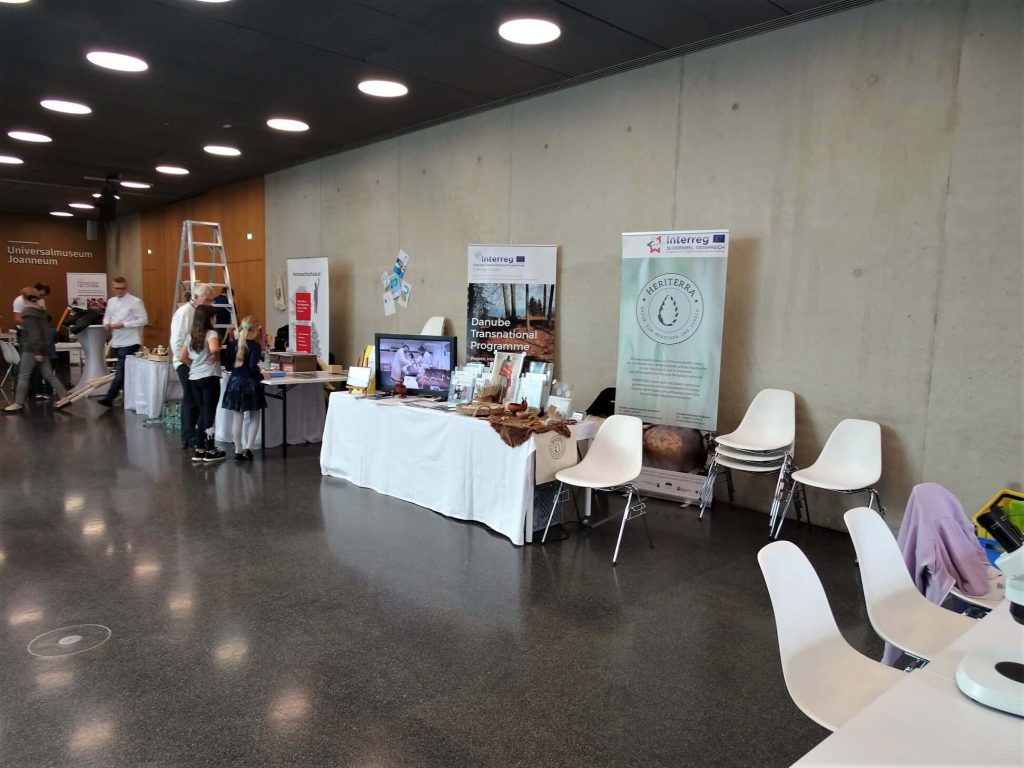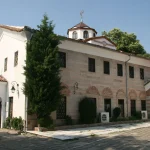With the Iron Age Danube Route getting recognition as a cultural route by the European Council earlier in 2021, the Iron Age Danube Route Association continues to promote this valuable, educational, scientific, and tourist site in eastern Croatia.
As Zagreb’s Archaeological Museum website informed its visitors, the first issue of the Iron Age Danube Route Magazine (written in English) has recently been presented, and you can download and read it as a PDF file.
The magazine’s intention is to present the Iron Age Danube Route.
”We start with the basics by briefly explaining what the Iron Age was and then we go on to explain the route itself. After that, we invite you to follow the route by meeting the institutions and people behind the entire endeavor. Then you can check out our activities during this year (one little tip: it works even better if you check out the fresh information on our website),” says the Archaeological Museum on its website.
The topics that will present how things were along the Danube back during the Iron Age include prehistoric landscapes, customs, and even gastronomy.
”The Iron Age Danube Route magazine — and indeed the route itself — not only wishes to demonstrate that the Danube of the Iron Age had an extremely interesting past but also seeks to ensure that it also has a future — a future you’re all invited to share. Join us as readers or join us as tourists, if you wish. And who knows, one day, you might even think of joining us as partners. But whatever role you do reserve for yourself, two things are certain: first, you’ll be most welcome, and second, there’s no better way to start your journey than by continuing reading this magazine. We hope you will enjoy it!” wrote Sanjin Mihelić, President of Iron Age Danube Route Association, in the magazine’s editorial letter.
As TCN previously wrote, the European Council granted the culture route certificate to the Iron Age Danube Route, which stretches through Austria, Bulgaria, Croatia, Hungary, Germany, and Slovenia.
That certificate is important as it enhances the overall visibility of the site, allowing the public to become better informed about the area and enriching the overall Croatian cultural and tourist offer, creating new opportunities for business, scientific and educational purposes.
The Archaeological Museum in Zagreb, the Centre for Prehistoric Research, Kaptol County, Papuk Nature Park, and the Faculty of Humanities and Social Sciences at the University of Zagreb are the founders and partners of this international project that allows Croatia to learn more about its past while creating new opportunities for today’s and future generations.
Did you know the Croatian Hero City of Vukovar is located along the Danube river? Learn more about it in our TC guide.
For more about Croatian history, follow TCN’s dedicated page.












